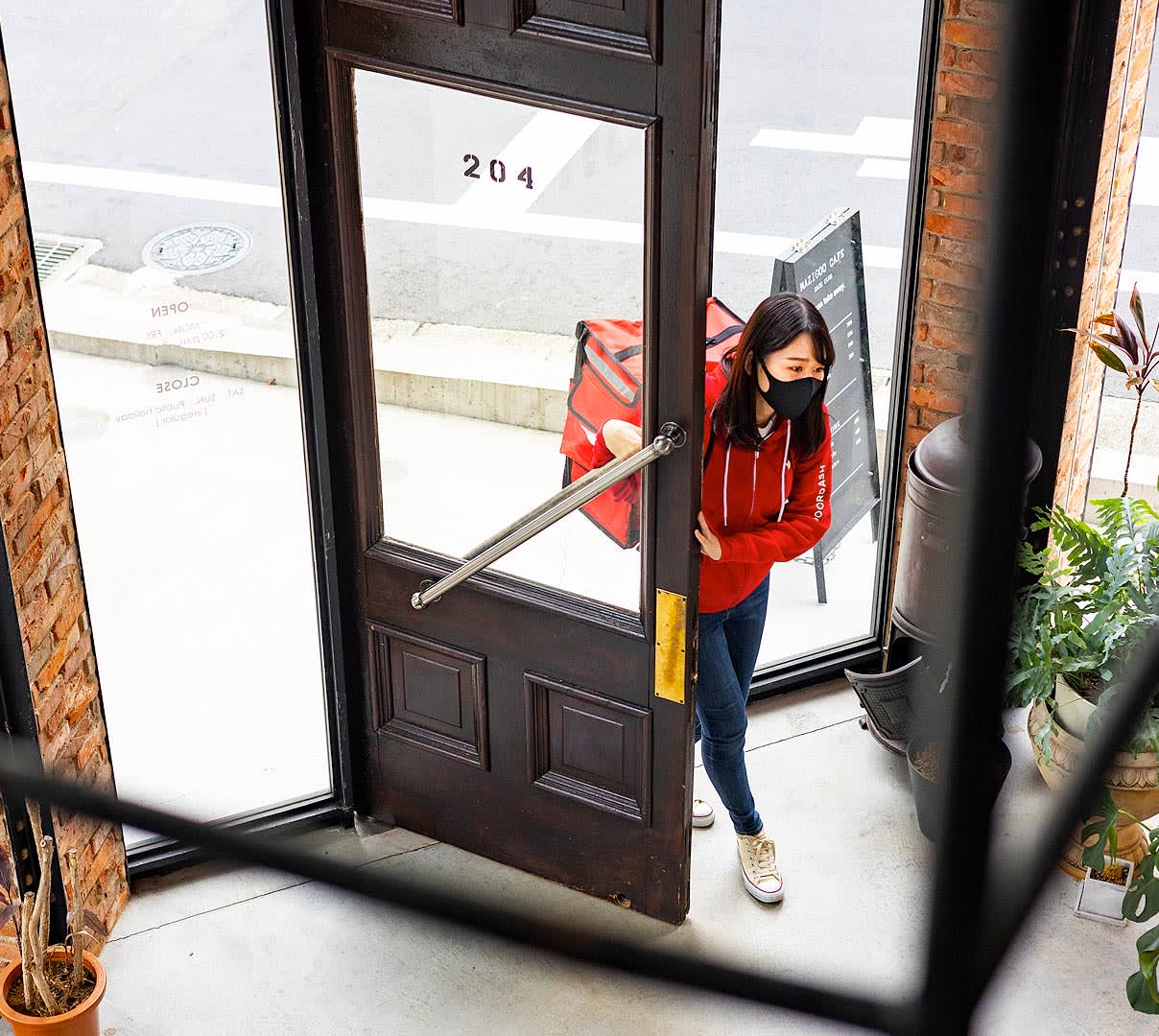Today’s business owners know how important it is to satisfy customers’ high expectations. And nowadays, those expectations include prompt delivery to their doorstep.
Restaurants in particular have seen demand for delivery increase in popularity year over year. According to the 2024 Restaurant Online Ordering Trends Report, 74% of US consumers say they order delivery as much as or more than last year. Plus, 51% prefer to order delivery via a third-party app like DoorDash, and 36% prefer to order directly through the restaurant’s own website or app. As a result, many restaurants are offering delivery through both their own website and a third-party platform to cater to different consumer preferences.
Merchants like pet food shops and florists are also seeing the benefits of delivery and how it can significantly impact their sales and revenue — allowing customers to order products to be delivered door to door, without having to leave their home or office.
Delivery introduces complexity and cost
Whatever type of business you run, offering delivery means making a few changes to your existing operation.
The first requirement is a delivery logistics platform to manage incoming orders and communication with customers. It can be a challenge to successfully handle delivery requests over the phone or through text messages — especially amidst the often chaotic operations already underway.
In addition, delivery requires hiring a network of drivers — a team of people that you need to hire, train, and manage — all while continuing to run your business. According to Payscale, the average hourly wage of a delivery driver in the US is $15.63. But salary isn’t the only thing you need to worry about.
Offering delivery means making sure your drivers know where they’re going, and that they have the proper utensils, food-warming bags, etc. Additionally, there is the complexity of coordinating each individual delivery with other incoming orders and drivers — made easier through a delivery platform — making sure that you are optimizing efficiency.
When delivery demand exceeds capacity, you may need some of your bussers or line cooks to double as drivers. But with Drive On-Demand, you can tap into a network of over 7 million Dashers.
No matter how you slice it, not all restaurants or other small businesses are equipped to manage the additional complexity of delivery order fulfillment. That’s where Drive On-Demand can help.
Benefits of on-demand delivery
What is on-demand delivery? One option that many businesses consider is a white-label delivery solution fulfilled by a third party, such as DoorDash. In this type of arrangement, a fleet of drivers can handle all or some delivery for orders from your website or app, under your own brand.
There are several benefits to having Drive On-Demand:
1. Flexibility
With on-demand delivery, you don’t need to worry about staffing up and down to adapt to rapid shifts in the number of orders. You simply request an on-demand driver when you need it — and that person takes care of picking up and delivering each order.
2. Cost Savings
Working with an on-demand delivery partner is also cost-effective as you avoid the high labor costs of in-house staffing. You don’t need to worry about keeping your drivers busy, and you simply pay a flat delivery fee for each order.
3. Convenience
Delivery often comes with additional operational headaches. An on-demand partner handles all of the delivery logistics for you, notifying customers about the status of their order as well as any other pertinent information — dish substitutions, ID requirements for alcohol delivery, messages regarding ETAs, etc.
4. Unmatched delivery quality
Drive On-Demand leverages the scale of DoorDash to ensure delivery speed and consistency. DoorDash uses a single network of Dashers for all platforms, which leads to faster operations and more dependability.
5. Easy integration
With over 1,000 integrations, you can seamlessly join Drive On-Demand and operate without managing the back-end tech.
6. Multiple delivery types supported
Drive On-Demand allows you to deliver to more customers, fulfilling deliveries for small orders, large catering-sized orders, or cash orders, dependent on your Middleware Provider.
7. Unique marketing levers to drive order volume
Drive On-Demand offers a self-service tool that allows you to create a branded widget on your website. Adding highly visible ways for customers to order, like a pop-up modal or Smart “Order Now” Button to your website, can help increase sales by 15-30%.
How Drive On-Demand can help
Roll’d — a Vietnamese restaurant with 100 locations across Australia — wanted to offer delivery to its customers, but found the process to be too costly to staff with its team of in-house drivers. Partnering with DoorDash to offer delivery under the restaurant’s own brand, Roll’d was able to sustainably offer Drive On-Demand — without raising their menu prices. In its first six months, Roll’d saw a 177% increase in native delivery sales.

I credit the DoorDash relationship with our success today. We are able to keep our menu prices for delivery the same as in-store and launch promotions on our own website without any lead time.
DoorDash handles the headaches of delivery
Drive On-Demand easily integrates with all the top ordering systems, such as Square, Toast, Olo, Bringg, Redcat, NCR, 9Fold, and others.
Your customers visit your app, website, or online ordering channel to order delivery directly from you. You pay a flat fee per order, and a Dasher will deliver directly to your customers.
With on-demand delivery, you can request Dashers when you need them or automate deliveries through your Middleware Provider, to streamline delivery costs and drive incremental sales — all while offering the convenience customers crave.





